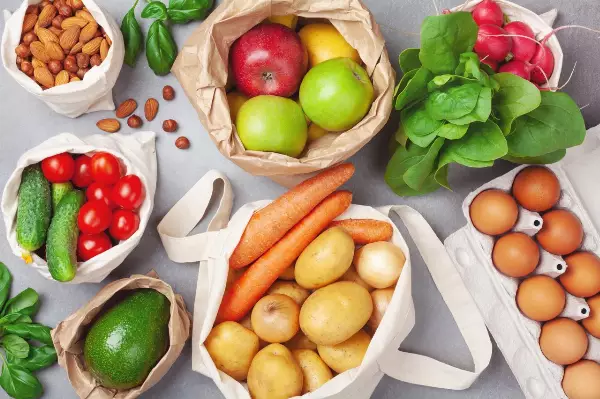Welcome To the World of Pour-Over Coffee
Pour-over coffee is preferred by many coffee lovers. And if you are trying this for the first time, the experience will leave you mesmerized. The flavor of coffee beans extract would be enhanced multiple times using this method.
Let us know what pour-over brewing involves:
Pour-over brewing involves pouring hot water over ground coffee for extracting the best flavor out of the coffee beans. Ground coffee, a filter, and a filter holder are the key elements involved in this process.
For specialty coffee, pour-over brewing, as infusion method over the immersion technique for preparing coffee, is a popular choice. It brings out the most intricate flavor and aroma of the coffee bean into the coffee.
This is an easy method of processing coffee in-house which ensures optimal selection and quality every time. Roasted coffee beans with natural oil, flavor, and freshness preserved when used in pour-over coffee brewing elevate the love for your coffee cup.

What Distinguishes Pour-Over Coffee?
Pour-over coffee is considered as a clean and consistent method of preparing coffee as water is made to extract the coffee oils and fragrance when poured over beans. The saturation of grounds is completely in your hands but it comes out great when you prepare this coffee with patience and precision, as the steam of water instead of going through the coffee, goes around and does not extract full flavor of the coffee beans. The hot water poured over coffee grounds enters the filter, drains the coffee and filters into a coffee mug. This is why it is also called as filter coffee or drip coffee.
As there is hand pouring of water over the coffee, It is also referred to as hand brewing or manual brewing.
Equipments Needed
Pour-over brewing equipment is a simple device consisting of a coffee filter and grounds. There are specially designed setups available that create a consistent flow of water and extract the coffee in the right way.
A popular choice for preparing pour-over brewing is V 60, Kalita wave, Chemex, and Melitta. All these sit on the top of a cup or carafe to have an impact on the coffee cup. All these devices are widely available, simple to use, and have filters specially designed to prepare the specialty cup. You may refer to the online guides and hacks for using these devices which have made the process of learning pour-over coffee brewing easy. And you can adapt it as per your requirement.

Pouring Techniques
You may be overwhelmed by watching various videos if you are starting with the pour-over brewing technique for the first time. But start simple and be consistent in your pour to extract the right flavor. You can also learn blooming, pulse pouring, and agitation to achieve even extraction of the flavor. Sometimes people use concentric circles to maintain the consistent flow of water which is the key for extraction.
· The Bloom
The bloom method involves a quick bubbling up water which happens when you first pour. The bubbling up happens due to the degassing of the carbon dioxide that is built up in the roasting process in the coffee beans. Light roast and fresh coffee are likely to produce a big bloom because of their more gas components.
Carbon dioxide can prevent even extraction because it repels water and disturbed grounds can sit at different heights so let the gas escape. It improves the chances of consistent extraction. Pour gently twice the measure of coffee in water over the grounds. For instance, for 15 g dose of coffee pour 30 ml of water, wait for 30 to 40 seconds until the bloom has ended and grounds have settled.

· Pulse Pouring And Continuous Pouring
Pulse poring refers to multiple pours of a specific amount of water. This technique prevents channeling or grounds rising to the side of the filter.
An alternative to this is continuous pouring in which water is poured at a consistent flow without stopping. It aims to keep the flow and saturation as even as possible whereas pulse pouring is intentionally varied to enhance the flavor.
· Agitation
This is simply a mild disturbance of the coffee grounds during the brewing process. Different ways to agitate coffee are stirring or swirling the brew.
Now that you know pour-over techniques , prepare your brew!
, prepare your brew!

updates?










0